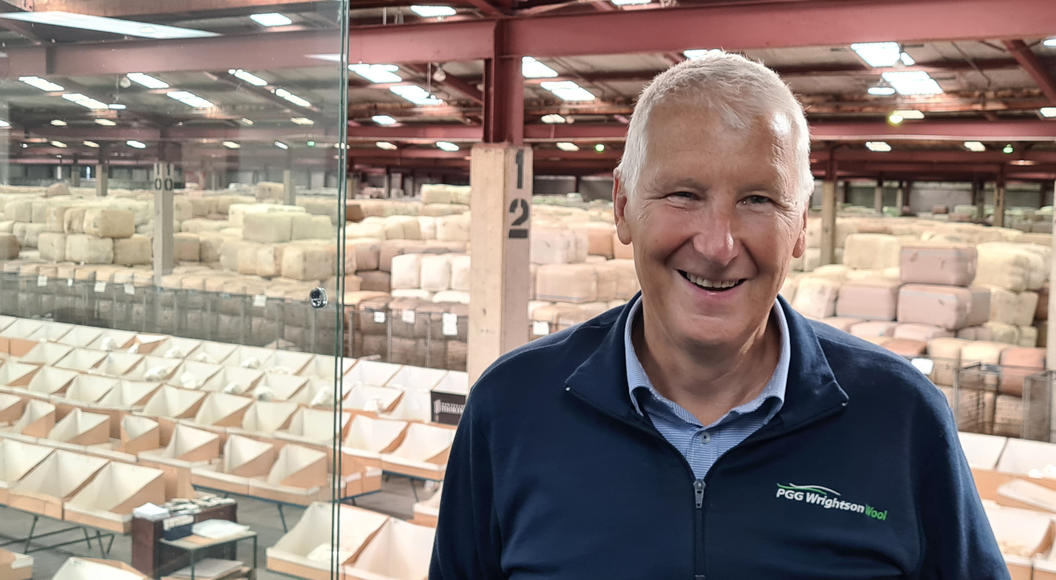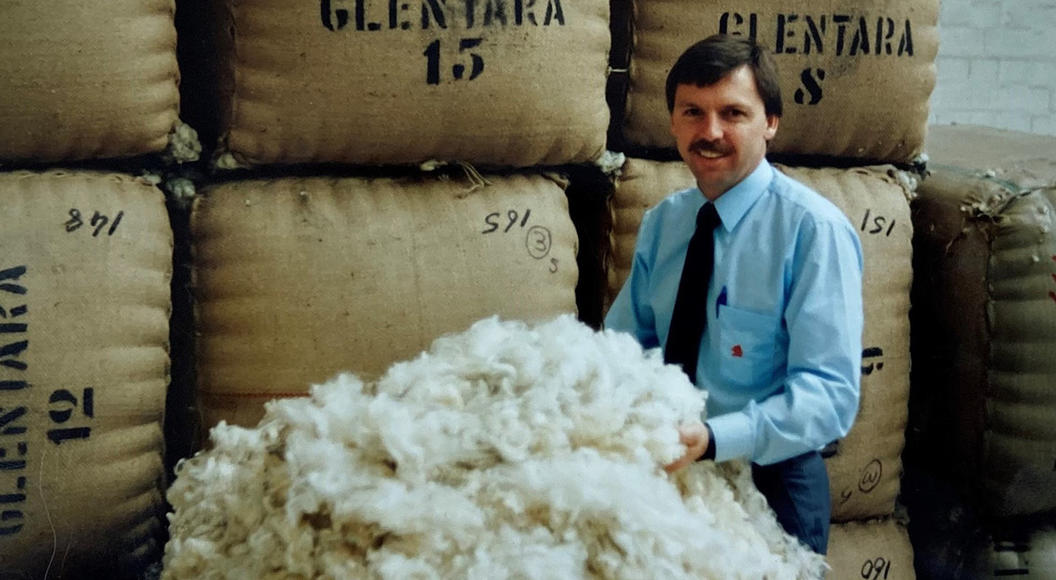
Warning: care required if attempting genetic alterations.
Like all farmers, wool growers will always look at options to increase productivity through innovation. With the wool market in a low return phase of its cycle, for some, that possible innovation includes saving money on crutching, dagging and shearing by shifting towards self-shedding breeds.
Genetics is a long game. Taking the fibre component out of what has always been a dual-purpose animal is a radical step and risks unintended consequences. Sure, innovators who make good decisions based on sound reason and science can reap generous rewards. However, history is also strewn with those who missed the mark, made major decisions based on incorrect assumptions, or failed to anticipate the eventual downsides of their actions.
For those growers considering reducing or eliminating their wool production, ask yourself: do you want to give away the genetics that your flock contains? New Zealand’s pre-eminence in agriculture is primarily based on long-term genetic development: carefully planned and meticulously executed over several generations to ensure that sought after traits are achieved without losing the basic strength of a particular breed. In many cases, the genetics of a flock will reflect 50 years or more of carefully considered improvements: millennia even, if you look at it that way.
A recent case in point from another sector: a few weeks ago, a South Otago farming couple paid the highest price for a dairy cow in New Zealand history: $55,000 for a three-year-old Jersey. They wanted to fast-track their genetics programme, noting that successful breeders have been going for generations. They tried to achieve those precious genetics as soon as possible, realising it would take 40 years to breed a cow like that.
Enhancing sheep genetics is the same. Whether breeding good Romneys, Perendales, Coopworths, Corriedales, Border Leicesters, or any other breed, set an objective to improve a significant characteristic. Whether that might be fertility, weight gain, wool quality or structure, stick to that objective without compromising on these or any other beneficial traits. Suppose you can’t also cover off the likes of parasite resistance, feed needs, tolerance to cold, heat or drought, or susceptibility to facial eczema. In that case, the whole exercise can fall apart in a hurry.
Some time ago for example a trend emerged to introduce a particular breed’s genetics, aiming to improve lambing percentages. While that proved effective for those farmers who took it on, with percentages quickly racing past 200 per cent, the ewes couldn’t keep up, and the resulting lambs struggled to gain condition, meaning wool and meat quantity, as well as quality, fell well short of expectations. For farmers who try such experiments in a limited and controlled fashion, recovering the situation and safeguarding the genetics of a wider flock should be relatively easily achieved. For those who go in boots and all, however, it can take eight to 10 years, and several generations of breeding, to bring a flock back to optimum levels.
What to do if and when the wool cycle starts to rebuild? Is it worth throwing out genetics that has been built up carefully over many decades? Are you willing to gamble against that happening, turning your flock into a single purpose enterprise, relying solely on processor schedules?
By all means, give something a go to test a particular theory, though be wary about compromising your farming foundation on a hunch, a whim or in response to a short term trend: look before you leap, make sure you have covered every possible angle, and be ready to minimise any long term damage if the theory you are chasing turns out to be flawed.
Allan Jones, North Island Wool Manager, PGG Wrightson


